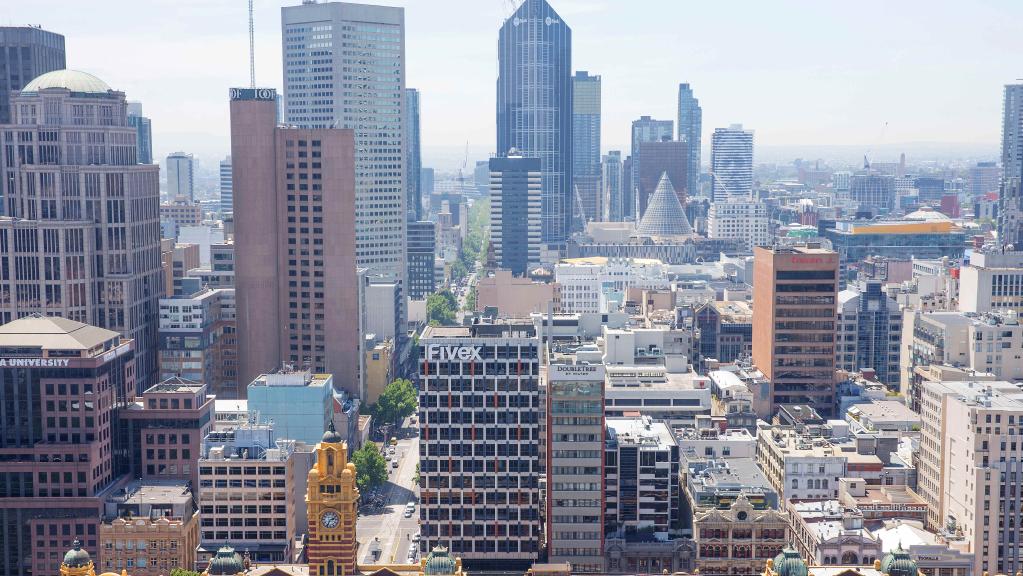Melbourne vacancy rate hits 10-year low, translating to rental price rises: SQM Research
Cameron Fisher | 11th April, 2017

MELBOURNE’S vacancy rate has dropped to a near 10-year low, reflecting an increasingly unaffordable “landlords’ market” in the city.
SQM Research figures show just 1.7 per cent of the properties being offered for rent in the city remained available in February, equating to 8693 residences.
This was down from 2 per cent in January.
SQM managing director Louis Christopher said the last time the figure slipped as low as 1.7 per cent was in June 2007.
“This is quite remarkable — despite predictions of looming apartment oversupply in inner-city Melbourne, we are seeing vacancies fall rather than rise,” he said.
“Even in the Docklands the vacancy rate tumbled to just 2.4 per cent last month, down from a high of 6 per cent in December.”
Related Article: Investment properties: It’s not about you!
The figures have been released hot on the heels of the Victorian Government announcing that property owners who leave residences empty will be slapped with a new tax from January 1.
Mr Christopher said SQM’s figures didn’t take into account vacant properties that weren’t being offered for rent.
But they showed a need for the tax, which aims to free up more housing and reduce pressure on prices by encouraging investors to list their properties for sale or rent.
“Hopefully the tax does work and brings more properties into the marketplace,” he said.
“But I doubt it will — when you have people who decide to leave properties vacant by choice, it implies they’ve got a bit of coin behind them.
“I’m not sure the rate (1 per cent of a property’s capital-improved value) will be high enough.”
Further SQM data shows Melbourne’s asking rents reflected its lower vacancy rate, rising 1.6 per cent for houses in the last month to $512.30 per week and 1.5 per cent for units to $389.60.
Weekly rents for houses are also 7.2 per cent higher than a year ago and units, up 4.3 per cent.
Mr Christopher said the strong price gains — which were “well above the inflation rate and wages growth” — suggested rentals were becoming less affordable for the average person.
Melbourne’s rental market could “further tighten” as some apartment developments were scaled back, he said: “This would cut supply and could pressure rental growth higher in that city.
“At this point in time there’s not an oversupply of rentals. If anything, it’s turned into a landlord’s market.”
REA Group chief economist Nerida Conisbee said the low vacancy rate figure reflected the strong demand from tenants for Melbourne rentals.
Ms Conisbee remained optimistic the city’s upcoming supply of new apartments would “mop up any extreme rental increases”, and questioned the need for the new vacant property tax in Victoria.
“There’s a lot of completion to go ahead. I think that will flow on to the rental market,” she said.
“There’s a perception that there are a lot of vacant apartments in Melbourne. The reality is, the majority of people who buy apartments want to rent them out.
“And if you’re sitting there with an empty apartment, you’re not particularly strapped for cash, so a 1 per cent tax won’t force you to rent it out.”
Canberra had the nation’s lowest vacancy rate of 0.9 per cent in February, and Perth, the highest at 4.8 per cent, according to SQM.
This article was originally published by Samantha Landy on the 21 MAR 2017 via realestate.com.au





Leave a Reply